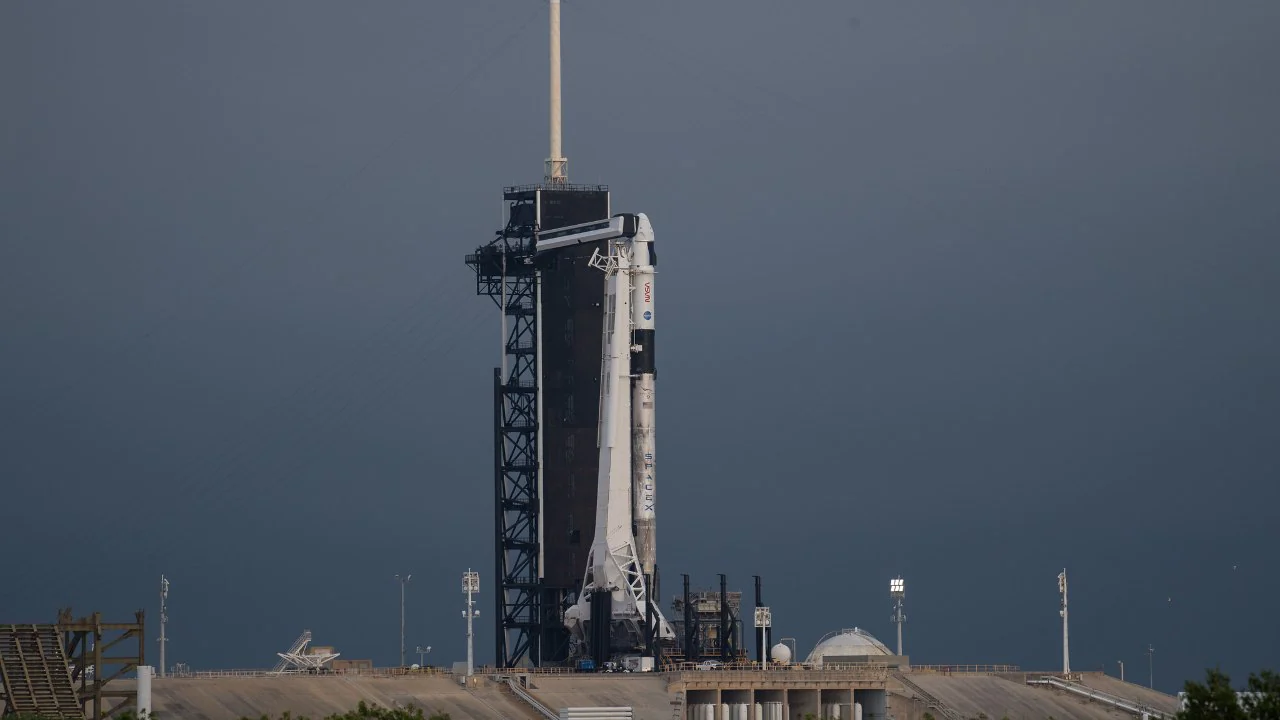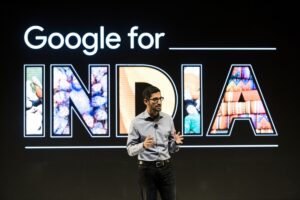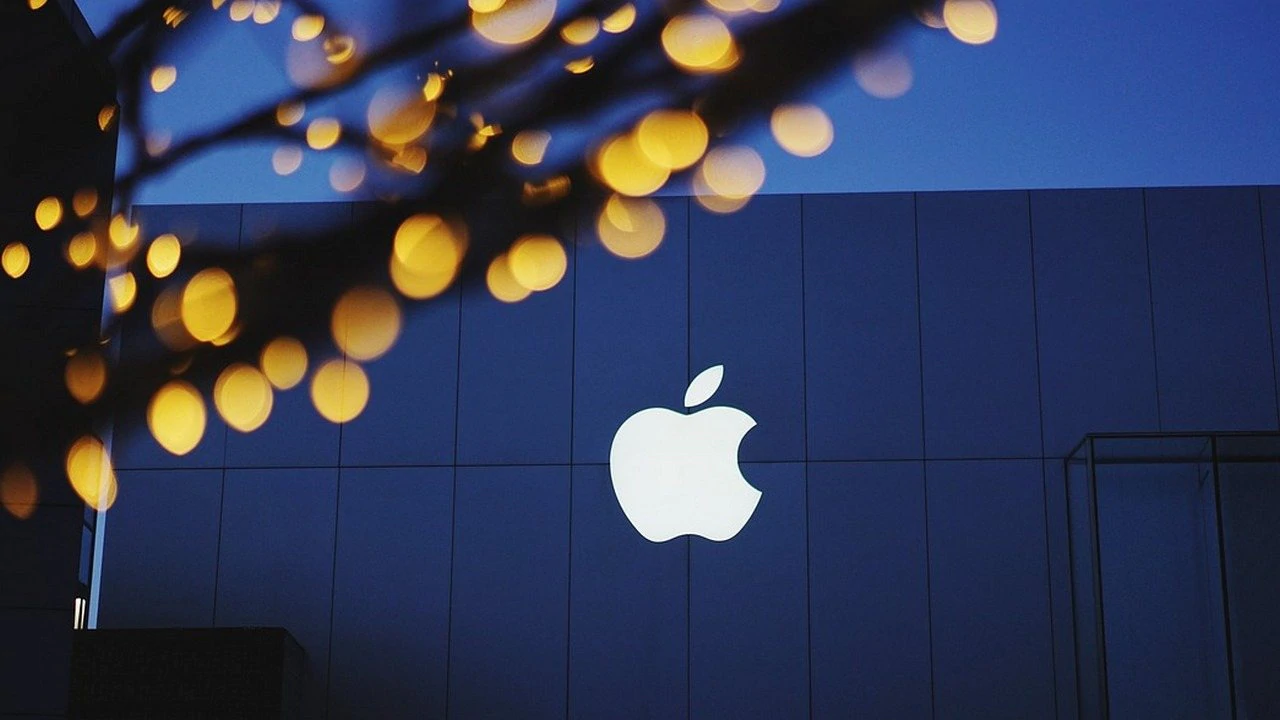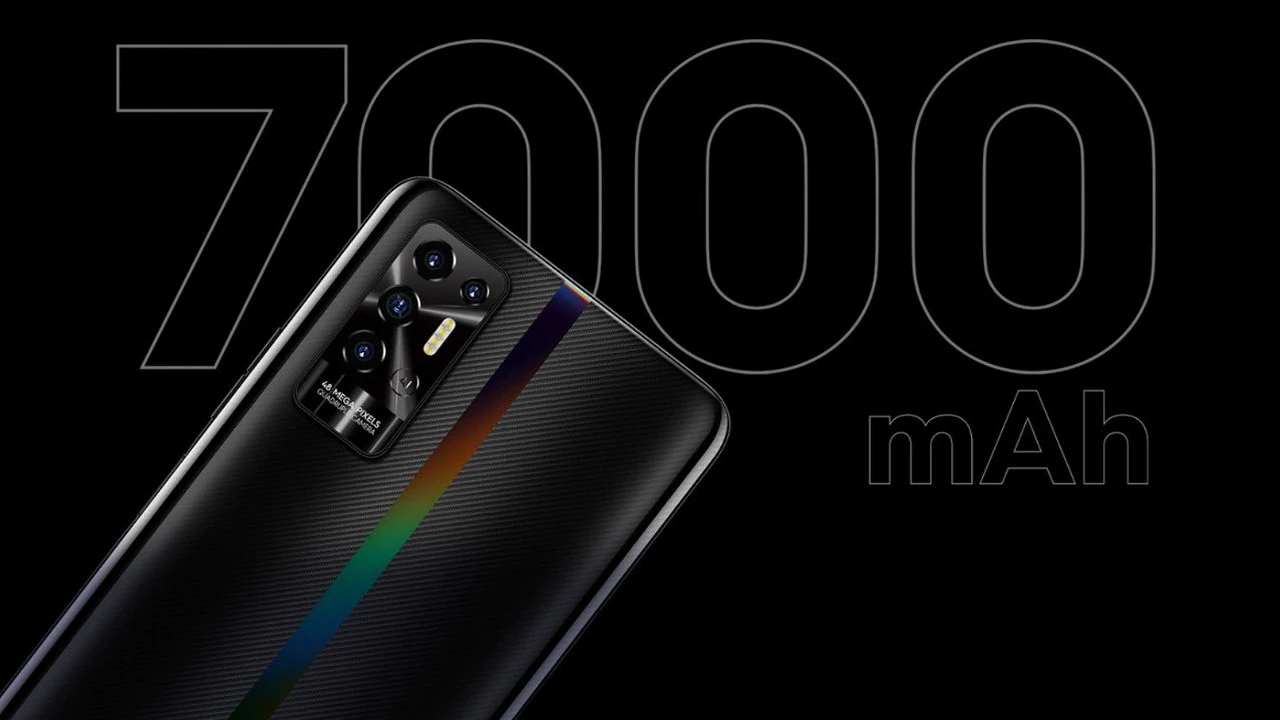Bejul Somaia, the founding partner of Lightspeed India, staunchly defended the allure of South Asia’s investment landscape, even in the wake of unsettling movements such as Sequoia’s decision to segregate its Indian venture.
“The startup and venture model is predicated on learning and adapting fast, navigating to high upside and understanding that the few companies that really succeed drive economies and humanity forward and create enormous value,” Somaia wrote in an essay, posted on Twitter.
“And those that don’t succeed contribute to a cycle of creative destruction that is essential to the development of an innovation economy. The potential of India remains incredibly compelling: a sizable market, high quality founders and one-way adoption of technology. The question is not whether there is potential, but how best to navigate this potential.”
Somaia’s remarks come on the heels of an escalating critique from certain industry figures who have been openly skeptical about Sequoia’s decision to cut the India and Southeast Asia arm. The storied venture firm said earlier this month that it intends to separate its Indian and Chinese operations from the U.S. mothership, a move that has instigated heated debate in the industry.
Chamath Palihapitiya, the billionaire founder of Social Capital, said he was puzzled by Sequoia’s decision to split up the India business. “I was surprised why they would allow India to leave,” he said on his podcast All-In last week. “India is a country growing at 6% a year. It literally looks like China in 2008-09. I think you would want to attach them to yourself because it makes the U.S. business look better.”
Palihapitiya said he doesn’t buy the idea — the on-record justification provided by the venture firm — that Sequoia is splitting the business because of portfolio conflict concerns.
“Sequoia China is frankly over the last 15-20 years is as good or probably better than Sequoia U.S. Sequoia India, I don’t think has much to talk about and maybe what Roelof (Botha, Managing Partner at Sequoia Capital) decided was that this team is just not very good, so we might just as well cut it and revisit it later.”
Sequoia India and SEA, the most prolific investor in the region, raised $9.2 billion across 13 funds over the past decade and a half and backed over 400 startups. The firm, now known as Peak XV Partners, has delivered $4.5 billion of realized exits.
Lightspeed India, which also started investing in India over a decade ago, has raised $1.6 billion to date and returned about $1 billion to its limited partners and the value of its current asset holding is $3.4 billion, Somaia said.
“India is not for the faint-hearted. India is tough. But India is worth it,” he wrote.
India has progressively come to the fore as a key overseas market for venture capital and private equity investors, who have been scouring the globe for substantial growth markets, over the past two decades. However, even though Indian startups have raised more than $75 billion in funding over the past 15 years, meaningful exit opportunities for investors have been few and far between.
Tiger Global partner Scott Shleifer echoed similar sentiment earlier this year. India is likely to produce the highest equity returns globally in the future, he said but admitting that the world’s second largest internet market had delivered below average returns for the investor giant historically and the local startup ecosystem was grappling with governance and unit economics challenges.
“Returns on capital in India have sucked historically. If you look at the market-leading internet companies, whether it is Google, Facebook, Alibaba or Tencent, revenue for them got bigger than cost more than a decade ago. You had a great legacy of last 17-18 years of materially profitable internet companies. So returns on equity in the internet got really high and the returns for investors have been really high. But that did not happen in India,” he said.










